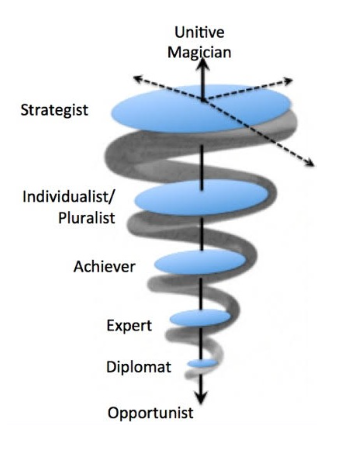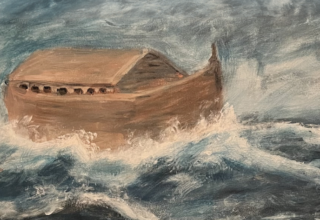
Vertical Development models help us increase our capacity to understand, consider, and work with complexity. Just as experiences moving to new environments enables us to navigate the confusion about what to pack, what to ask, and how to embrace the range of emotions from loss to fear to excitement that come with a move, each stage provides increased access to mental, emotional, relational capacity.
As many writers on this subject do, Petrie distinguishes between Horizontal Development — often the bread and butter of leadership development programs — and Vertical Development — what is often sorely lacking in these programs — largely because it’s not something that can be taught in a workshop. More on these distinctions can be found in his article on the How To of Vertical Development.
⦁ Horizontal Development comes through attaining knowledge, skills, and behaviors that enable us to become more capable at what we do.
⦁ Vertical Development increases our capacity to hold, comprehend, empathize, and respond to a range of attitudes, perspectives, emotions, and agendas.
Both horizontal and vertical development shape how we evolve. Susanne Cook-Greuter, thought leader and researcher in the field of Adult Development uses a spiral to capture the dynamic quality of how development requires both horizontal and vertical elements. Several models for vertical development, also known as adult development and ego construct development offer names for the stages we traverse and transcend as we evolve in this way. The spiral graphic to the right describes the Leadership Maturity Framework with stage names used by Susanne Cook-Greuter.

Download Article

















